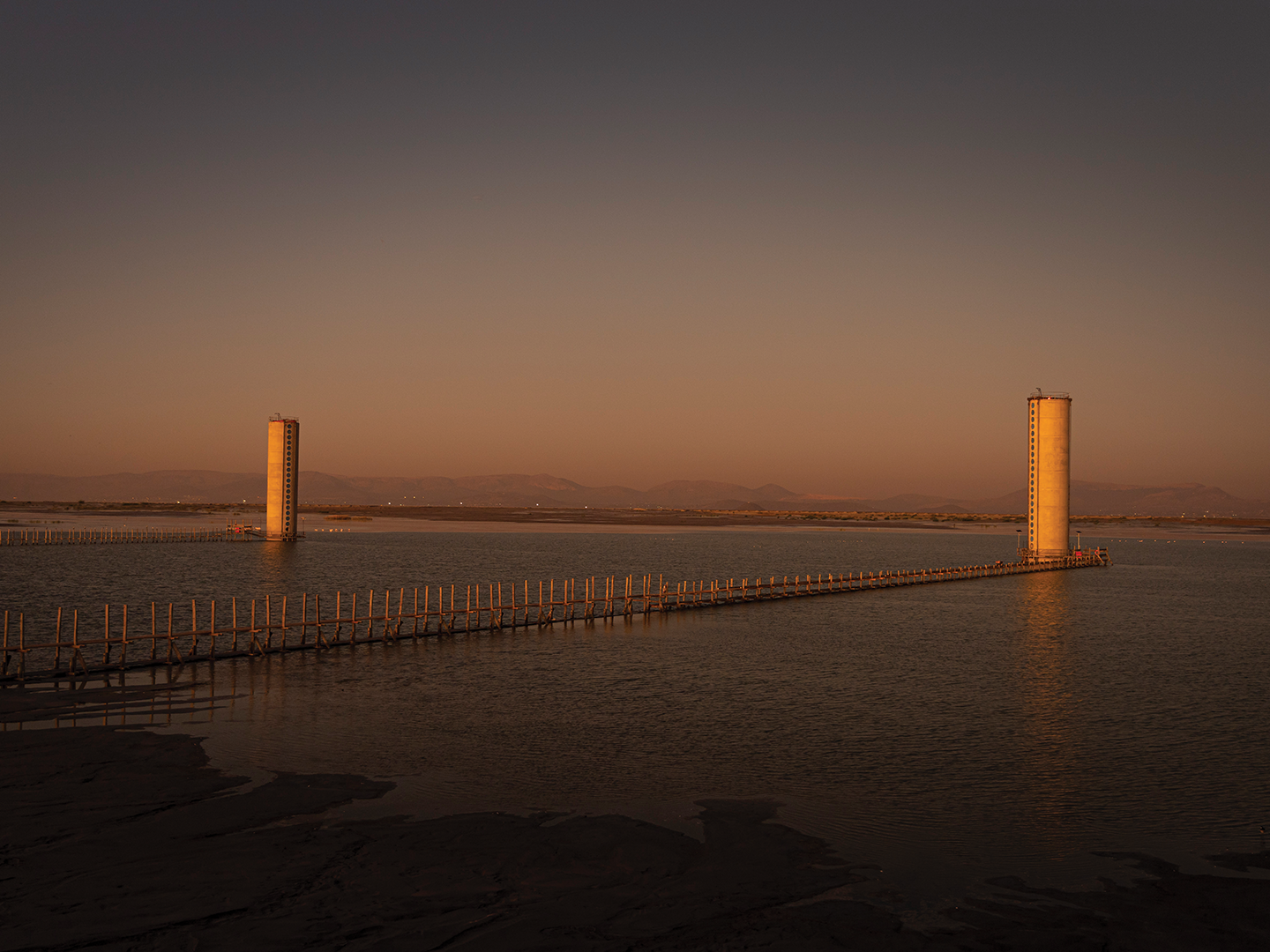Tailings management has become one of the most important elements in the modern mining value chain due to mounting environmental, social and regulatory standards. Once viewed merely as a waste product management, tailings management is now recognised as a critical driver of operational sustainability, safety, and resource efficiency and a key differentiator in responsible mining.
By Letlhogonolo Matlala and Makete Thema, Fraser Alexander
Tailings management is about more than just waste containment; it is about water recovery, biodiversity management, environmental stewardship, and creating a smaller environmental footprint while adding long-term value through new solutions and repurposing of tailings material. Tailings facilities are now seen as strategic assets in global mining operations and are evolving in intelligent ways to support responsible mining and ensure a sustainable future.
A call-to-action for the mining industry
Unfortunately, it took several tailings dam disasters for the mining industry to tighten the regulatory frameworks governing tailings facilities. The Merriespruit tailings dam failure in 1994 in South Africa, which resulted in 17 deaths, led to the development of the South African National Standard (SANS 10286) for mine residue management. This became one of the leading tailings management legislations globally.
In 2019, the Brumadinho disaster in Brazil, which claimed 272 lives, prompted the development of the Global Industry Standard on Tailings Management (GISTM). The GISTM is widely accepted as a benchmark for responsible tailings management and is supported by organisations such as the International Council on Mining and Metals (ICMM), which called for compliance within three to five years for its members.
ALSO READ:
Fraser Alexander: Laying the foundations for all to thrive
The recent establishment of the Global Tailings Management Institute (GTMI), based in South Africa, is a testament to the mining industry’s growing commitment to responsible tailings management. The GTMI’s vision is for all tailings facilities to be responsibly managed across all phases of their lifecycle, with the aim of achieving zero harm to people and the environment. Technologies powering responsible tailings management
Cutting-edge tools are reshaping how tailings sites are managed. Technologies such as aerial survey systems, the Internet of Things (IoT), fibre optic systems, and geospatial applications now deliver high-resolution insights for monitoring tailings dam risks, tracking deposition, reclamation progress, and environmental compliance with remarkable accuracy.
Automated weather stations provide real-time meteorological data, enabling teams to respond proactively to changing conditions. In situ monitors, such as vibratingwire piezometers, monitor groundwater levels over time and generate alerts that can assist in the early recognition of emerging risks.
Mobile surveillance solutions deployed in remote or hard-to-reach locations offer a practical way to boost site visibility and security. These agile systems extend real-time monitoring to even the most challenging terrains, enabling teams to maintain control and respond rapidly.
The technologies are flexible and can be tailored to the specific requirements of a facility, making them compatible with both technical specifications and operational preferences. With smart monitoring and IoT-enabled systems, operators now benefit from a more transparent, real-time view of facility operations.
TORAS enhances risk governance
Digital transformation is revolutionising the way tailings are managed. A prime example is Fraser Alexander’s TORAS (Technical and Operational Risk Assessment System), an inhouse digital platform for real-time monitoring of Tailings Storage Facilities (TSFs). TORAS enhances transparency and accountability while strengthening risk governance. It appeals to stakeholders by making key risk information easily accessible across various devices, including desktops, laptops and handhelds.
ALSO READ:
Sephela Makete Thema: Pioneering tech and sustainability in mining
Through automated alerts, workflow tracking and IoT integration, TORAS facilitates data-driven decision-making, reducing the risk of incidents and non-compliance. Effective tailings management requires more than passive monitoring. It requires systems tailored to material properties, facility geometry, climate and production volumes. TORAS acts as a digital infrastructure that enhances physical interventions, creating a more anticipatory and intelligent system of tailings management.
Technologies in water treatment
Environmental performance is gaining importance, and water management is now a key focus across the mining industry. Under increasing pressure to conserve surface water and comply with regulations, many mining sites are adopting smarter, more sustainable water management systems. A key strategy involves treatment and reuse technologies that allow water to be safely released, reused or even treated to potable standards. These technologies include membrane filtration, clarification, and chemical treatment, and can be implemented in modular or largescale systems. They are supported by digital tools that enable live monitoring and allow proactive system adjustments.

In addition, advanced solid-liquid separation methods are crucial in enhancing water recovery, reducing waste volumes, and ensuring compliance with discharge limits for suspended solids and chemical oxygen demand (COD). These water recycling and resource recovery solutions achieve both operational and environmental objectives and represent best practice in water management.
Technologies in tailings reclamation
To drive more efficient and value generating tailings management, hydraulic remining has emerged as a powerful method for extracting value from existing TSFs while reducing their environmental footprint. This approach uses high-pressure water to mobilise tailings for reprocessing. It serves two key purposes: recovering previously unrecovered minerals and reducing the size and risk profile of TSFs.
Fraser Alexander has developed and deployed a suite of technology-enabled solutions that enhance control, efficiency and safety. Automatic pump stations optimise slurry density and flow in real time, minimising wear and improving recovery rates. Remotely operated mining units allow operators to control reclamation from safe, offsite locations, which is particularly valuable in remote or high-risk areas.
Smart in-dam vibrating screens help remove oversized material from slurry flows with minimal human intervention. An automated boom screen debris remover, integrated directly into the slurry stream, prevents blockages and maintains consistent flow. These automated systems reduce downtime, limit manual handling, and boost operational efficiency.
Together, these technologies make hydraulic remining a smarter, more controlled process that maximises resource recovery, enhances safety and reduces environmental impact.


